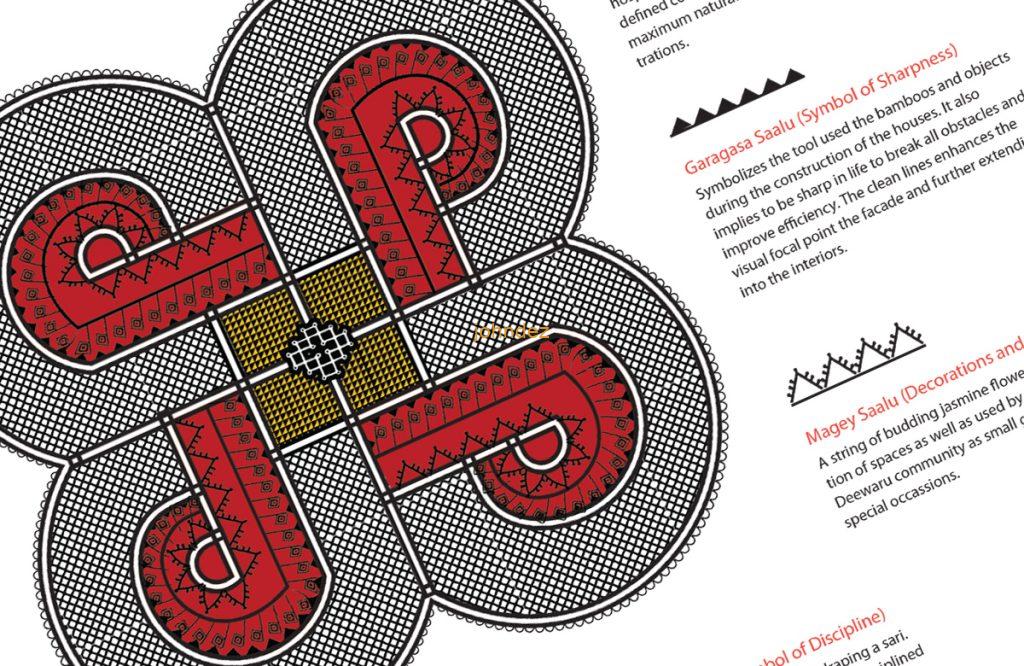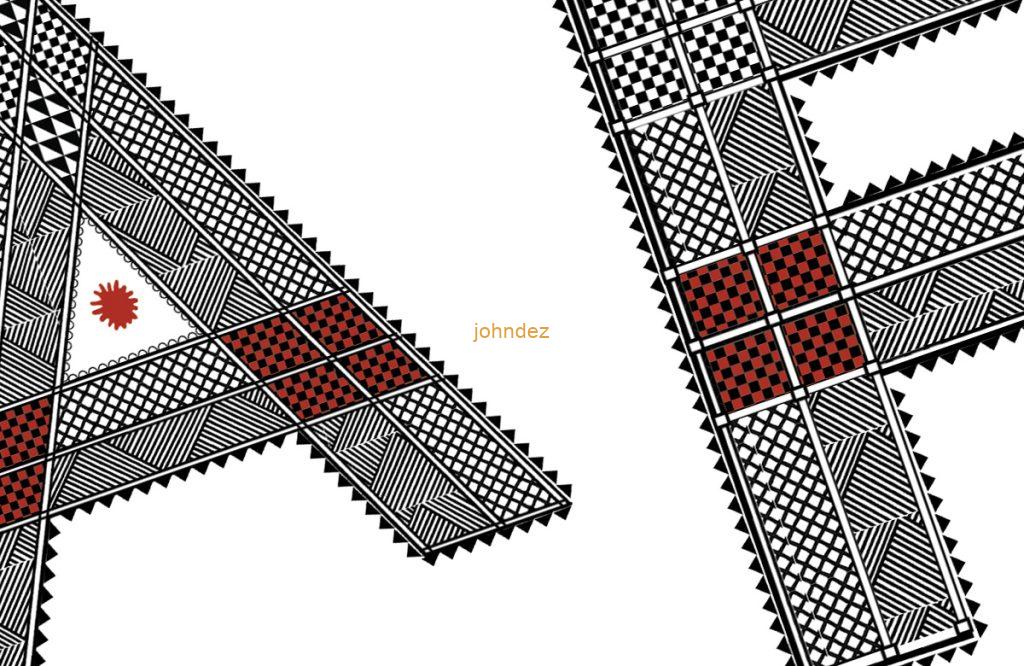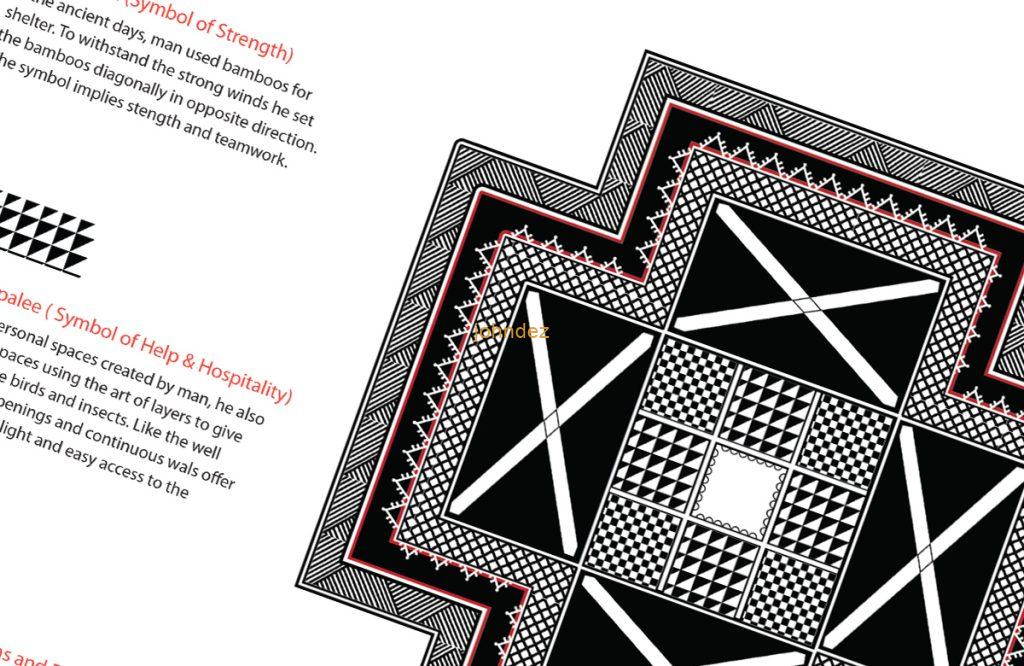Given the wide variety of art and cultural influences present in our country, it is natural that we draw heavily on local craftsmanship, architectural and design styles. By examining folk art and indigenous architecture, we can gain valuable insight into the concepts, perspectives, traditions, customs, beliefs, and interpersonal relationships of a community. Even though structures like mud houses were often constructed with simple designs and local tools to provide basic shelter suited for the surrounding environment, they offer an opportunity to explore innovative and sustainable approaches to contemporary architecture that incorporate cultural identity by expressing shared community values and aesthetics.
The first time when I seriously dabbled with Indian Folk art beyond the usual stick figures of Warlis was for a social media post that was inspired by Pichwai art which led me to explore multiple folk-art forms from across the length and breadth of the Country. One specific art form that truly inspired and was completely intrigued by the stories each of the lines and patterns had to tell. The indigenous Chittara art is distinct to the Deevaru community in Shivamogga, Karnataka. Chittara is a form of social-cultural art that involves painting on house walls, and it demands a good grasp of ratios and proportions, a skill that the Deevaru community has demonstrated with remarkable proficiency. This ancient art also referred to as hase gode chitra features elaborate geometric patterns. For the women in this farming community, Chittara art is a way to revel in everything that is natural, artistic, and aesthetically pleasing.

Even though Chittara art may have originally adorned the modest homes of the Devaru community, it offered a unique opportunity to integrate it into an urban high-rise communication design. The designs and patterns had a unique story to tell. They spoke a universal language, regardless of the social and cultural attributes of the people and the location in which they were situated. From replacing the regular hatches used in the presentation drawing to the overall design of the communication collateral Chittara art helped us retain a touch of local folk elements while presenting the plans for a modern high-rise structure.

Whimsical Chronicles of Gin & Brain... What do you tell the purist Gin? Well, Brain Art is meant to be explored. So you try. For the rest, Mrs. Cunk recommends listening to Pump up the Jam on loop;)
